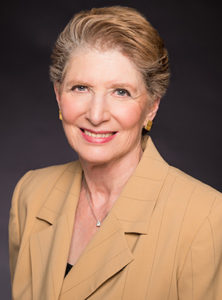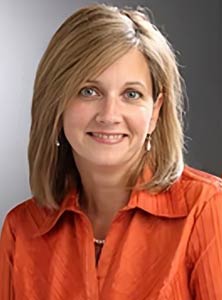
|
|
The manual is written by respected author and clinician Martha Heineman Pieper, Ph.D., and Kelly Perez, the director of the Chicago preschool founded on the Smart Love parenting and childcare principles pioneered by Pieper and her late husband, Dr. William J. Pieper, M.D. It includes more than 270 examples of interactions between teachers and students, effectively translating current research and thinking into practice.  Martha Heineman Pieper  Kelly Perez In The Happiest Preschool you find teachers actively playing with students and working on projects, not just reading or lecturing or observing. You hear loud, enthusiastic voices with no one saying, “Use inside voices.” You see children engaged in projects they chose that are not imposed. If a child is unruly, you see a teacher go with them out of the room and stay with them until they are ready to come back in. You see teachers focusing on the feelings that lead to antisocial behaviors rather than lecturing about the behaviors themselves. What you don’t see are rewards or incentives such as crowns, extra privileges, etc. You don’t see kids in time-outs or isolation. You don’t see worksheets, formal group time or formal testing. Overall, you see a place of care, excitement, developmentally appropriate expectations, and unforced cooperation and kindness. One advantage of The Happiest Preschool is that it describes for teachers which expectations of behavior are age-appropriate. Preschoolers are not expected to share, to wait patiently, to sit quietly in groups, or to be silent during transitions. Many preschoolers who are diagnosed with mental illness – or even expelled from preschools — would perform within a normal range if they weren’t burdened by age-inappropriate requirements. |
Early readers of The Happiest Preschool have applauded it.Dan Gartrell, author of The Power of Guidance: Teaching Social-Emotional Skills in Early Childhood Classrooms, says: “The Happiest Preschool is so consistently positive that I was smiling as I read every page. The classroom examples were specific and the photos from the program really helped make the book come alive. The Manual paints the picture of a child-responsive early childhood program worth emulating.” Arne Duncan, former U.S. Secretary of Education, has endorsed the book as follows: “The Happiest Preschool: A Manual for Teachers is a strong advocate for high quality preschool, which is what every child needs and deserves as a springboard for academic success and the development of social-emotional skills and self-confidence. Teachers will learn and benefit from comprehensive topics and specific examples that illustrate how to create an exciting, cooperative, caring, inspiring classroom culture.” David Kirp, University of California-Berkeley public policy professor and author of The Sandbox Investment, said: “The Happiest Preschool is the go-to book for teachers eager to turn state-of-the-art ideas about how to create a preschool where children will thrive into on-the-ground reality in their classroom.” And Dan Schwartz, dean of the Stanford Graduate School of Education concluded, “It’s a great book!” |
|
The Happiest Preschool can be purchased directly from Smart Love Press at www.smartlovepress.com. The paperback and e-book versions also are available for preorder on Amazon, Barnes & Noble and Apple Books. Please reach out to us if you have any questions. CONTACT: Rebecca Baldwin, marketing director, Smart Love Press, |